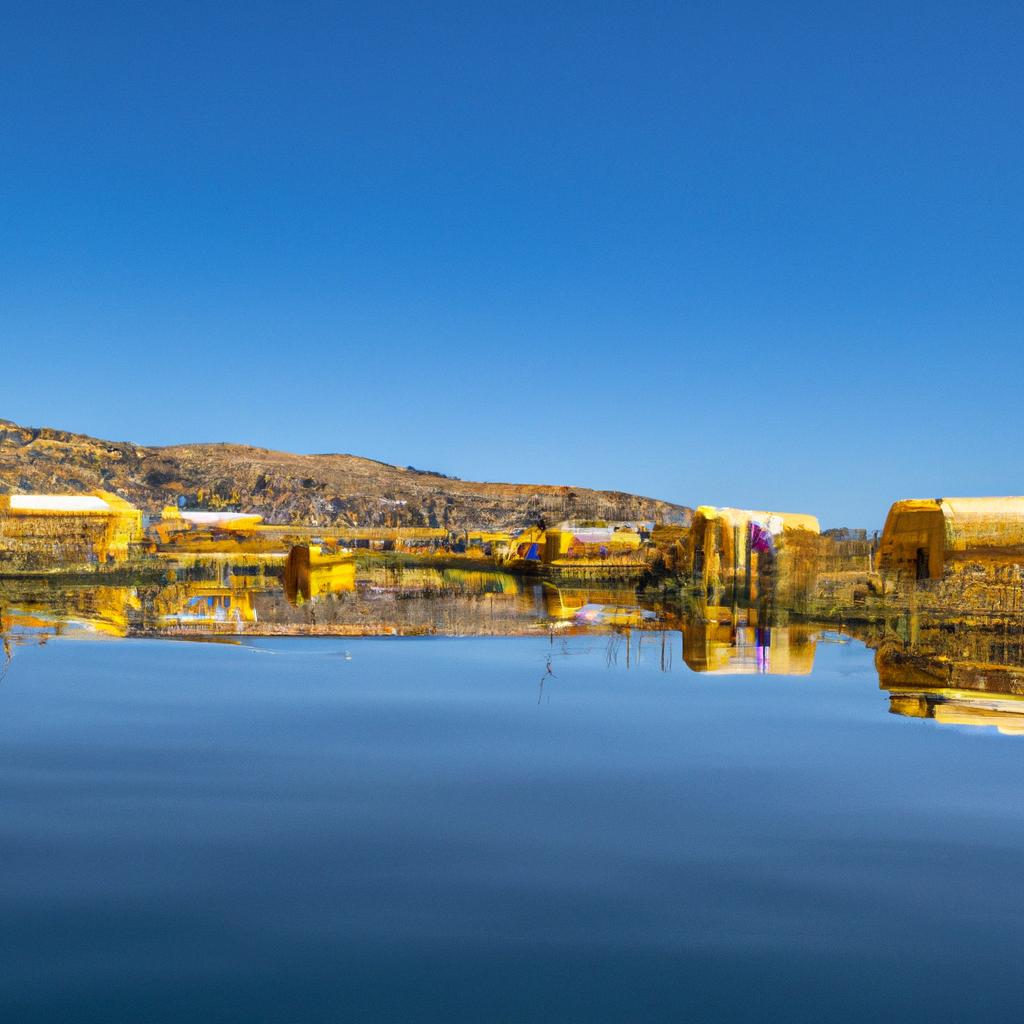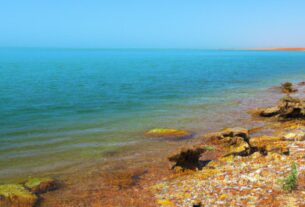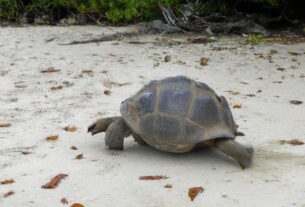The world is full of natural wonders waiting to be explored. Lake Titicaca, nestled in the Andes Mountains of South America, is one such wonder. As the highest navigable lake globally, Lake Titicaca is home to a diverse collection of flora, fauna, and islands. In this article, we’ll focus on the islands in Lake Titicaca, which are significant attractions for tourists and locals alike.
The Enchanting Uros Islands
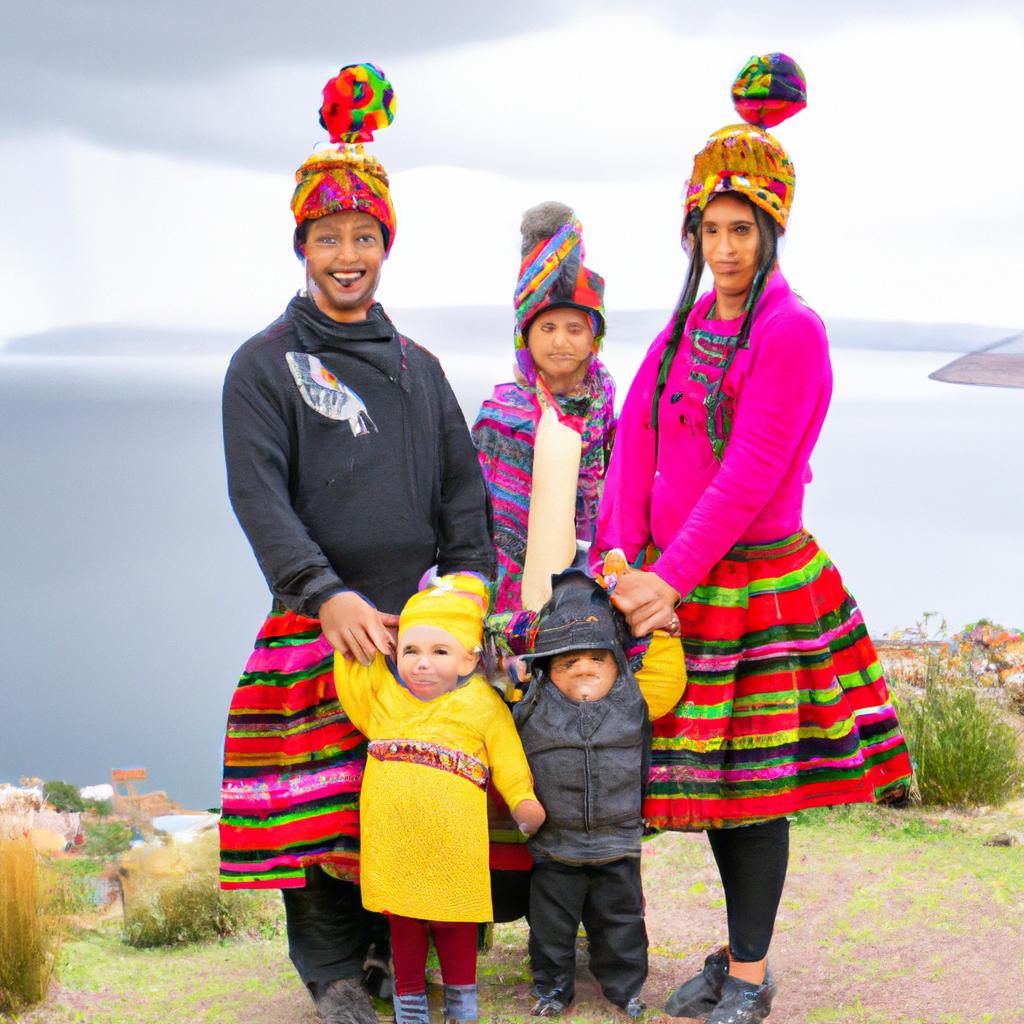
Lake Titicaca’s most famous islands are undoubtedly the Uros Islands. The Uros people are one of the oldest communities in South America, dating back over 3,000 years. They live on floating islands made of Totora reeds, which grow abundantly in the shallow waters of the lake.
A Journey through History and Culture
The Uros people were originally fishermen who lived on the shores of Lake Titicaca. However, political and environmental pressures forced them to move their homes to the lake’s center. Over time, they developed a unique way of life, building their homes and boats from Totora reeds, which also served as a source of food and medicine.
Witness the Marvel of Floating Reed Islands
The Uros Islands are a marvel to behold, seeming to float effortlessly on the shimmering waters of Lake Titicaca. The reeds have to be continually replenished as they rot quickly due to the humid conditions. Visitors can take a boat ride to the islands, where they can learn about the Uros people’s way of life and purchase handmade souvenirs.
Immerse Yourself in the Uros Culture and Customs
The Uros people have a rich cultural heritage, and visitors to the islands can experience their unique traditions and customs. Watch the skilled craftsmen create intricate textiles and handicrafts using traditional techniques. Explore their language, music, and dance, integral parts of their identity.
A visit to the Uros Islands is a must-do for anyone exploring Lake Titicaca. The floating reed islands and the Uros people’s unique way of life are a testament to human ingenuity and resilience, making the Uros Islands one of South America’s most remarkable destinations.
The Majestic Amantani Island
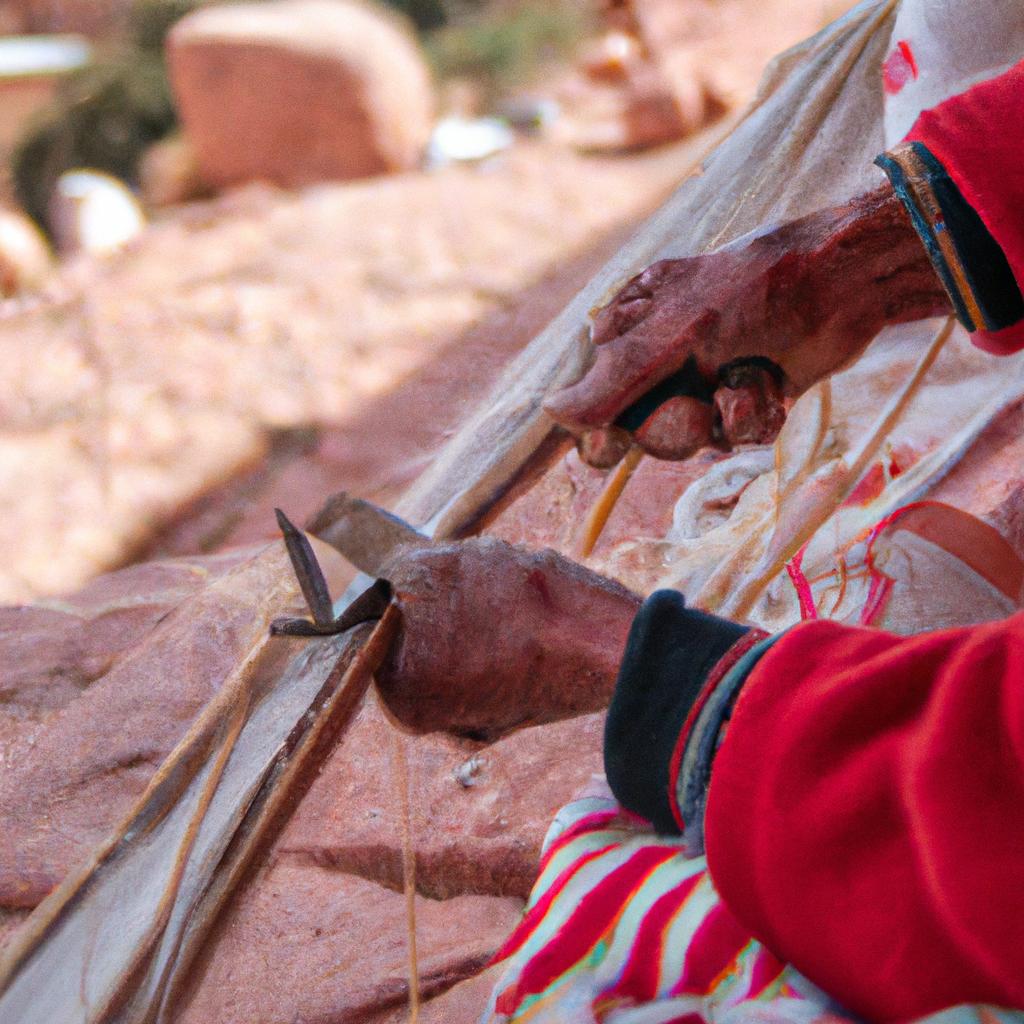
A Paradise Shrouded in Tradition
Amantani Island is one of the largest islands in Lake Titicaca, covering an area of approximately 9.28 square kilometers. It is located about 40 kilometers from the city of Puno, Peru, and can only be accessed by boat. The island’s altitude of 3,810 meters above sea level makes it an ideal destination for high-altitude trekking.
A Glimpse into Ancient Ways of Life
Amantani Island is inhabited by the Quechua-speaking indigenous people, who have preserved their traditions and customs for generations. The island thrives on agriculture and fishing, allowing visitors to witness the locals’ daily life and experience their warm hospitality.
Festivals and Celebrations
Amantani Island hosts a multitude of festivals and celebrations that are deeply woven into the local culture. The Pachamama Festival, held in August, celebrates Mother Earth and features traditional clothing, music, dance, and offerings to the Earth. The Feast of San Isidro, held in May, honors the patron saint of agriculture and farming.
Visiting Amantani Island is a unique experience that immerses travelers in local culture and offers a glimpse into a way of life that has remained unchanged for centuries. Its stunning landscapes, rich cultural heritage, and warm hospitality make it a must-visit destination in Lake Titicaca.
Taquile Island: A Cultural Marvel
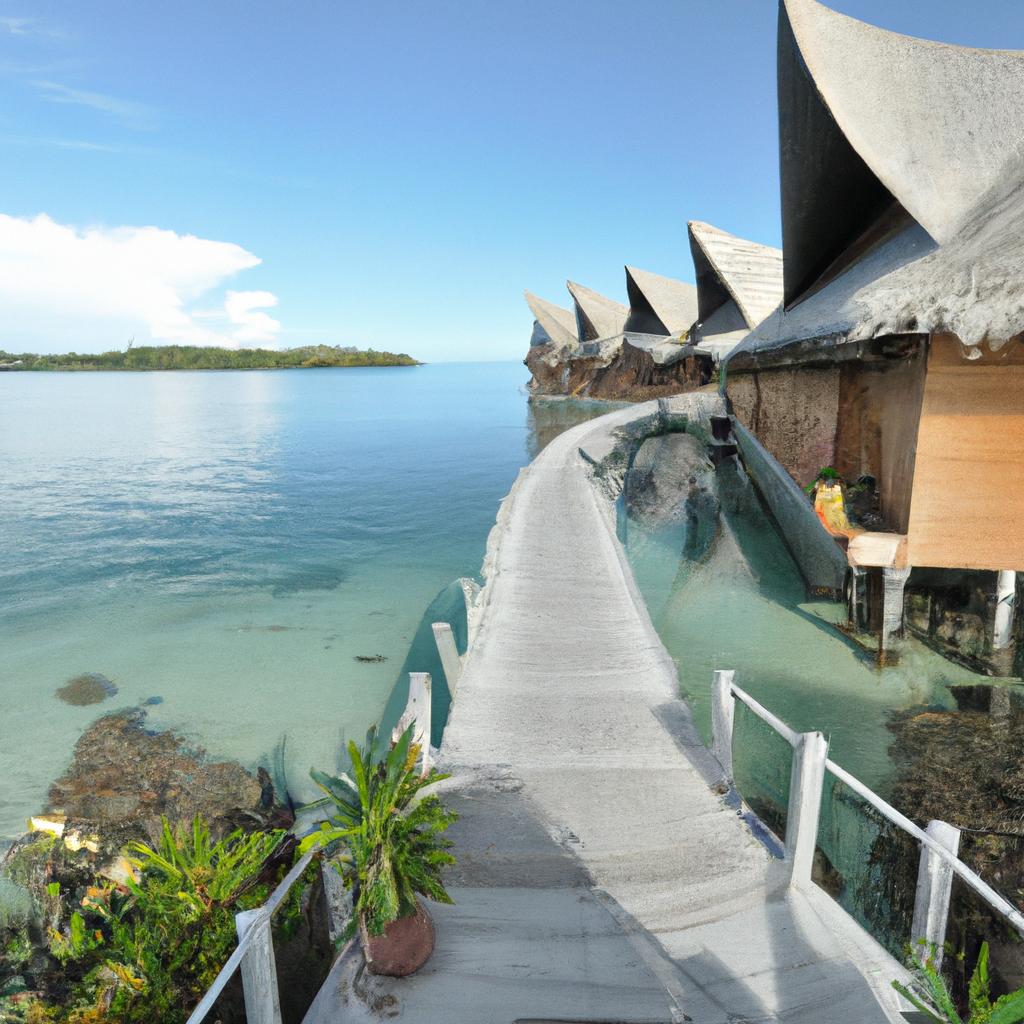
Taquile Island, located on the Peruvian side of Lake Titicaca, is a UNESCO World Heritage Site known for its unique culture, customs, and traditions. Taquile Island has preserved its pre-Columbian way of life, where the locals follow an ancient social system based on collective work and shared responsibility.
The island offers breathtaking views of the lake and surrounding snow-capped mountains. With no cars or roads, it is a perfect destination for those seeking peace and tranquility, allowing visitors to explore on foot and revel in the region’s scenic beauty.
Textile Artistry and Weaving Traditions
Taquile Island is renowned for its textile industry and weaving traditions. The locals are famous for their knitting and weaving skills, producing highly sought-after textiles with intricate designs and patterns. Witness the weaving process firsthand and bring home sustainable and eco-friendly souvenirs from local markets.
Community-Based Tourism Initiatives
Taquile Island stands as a prime example of community-based tourism initiatives, where locals actively participate in and directly benefit from the tourism industry. The island is self-sufficient, with the locals running guesthouses and restaurants, providing visitors with a unique cultural experience.
Engaging in various cultural activities, such as learning traditional dances and participating in local festivals, not only enriches your travel experience but also contributes to the preservation of the island’s unique culture and way of life.
In conclusion, Taquile Island is a must-visit destination for those seeking a unique cultural experience. Its UNESCO World Heritage Site status, textile industry, and community-based tourism initiatives make it a prime example of sustainable tourism. Enjoy the island’s natural beauty, immerse yourself in the local culture, and create memories that will last a lifetime.
Suasi Island: A Luxurious Getaway
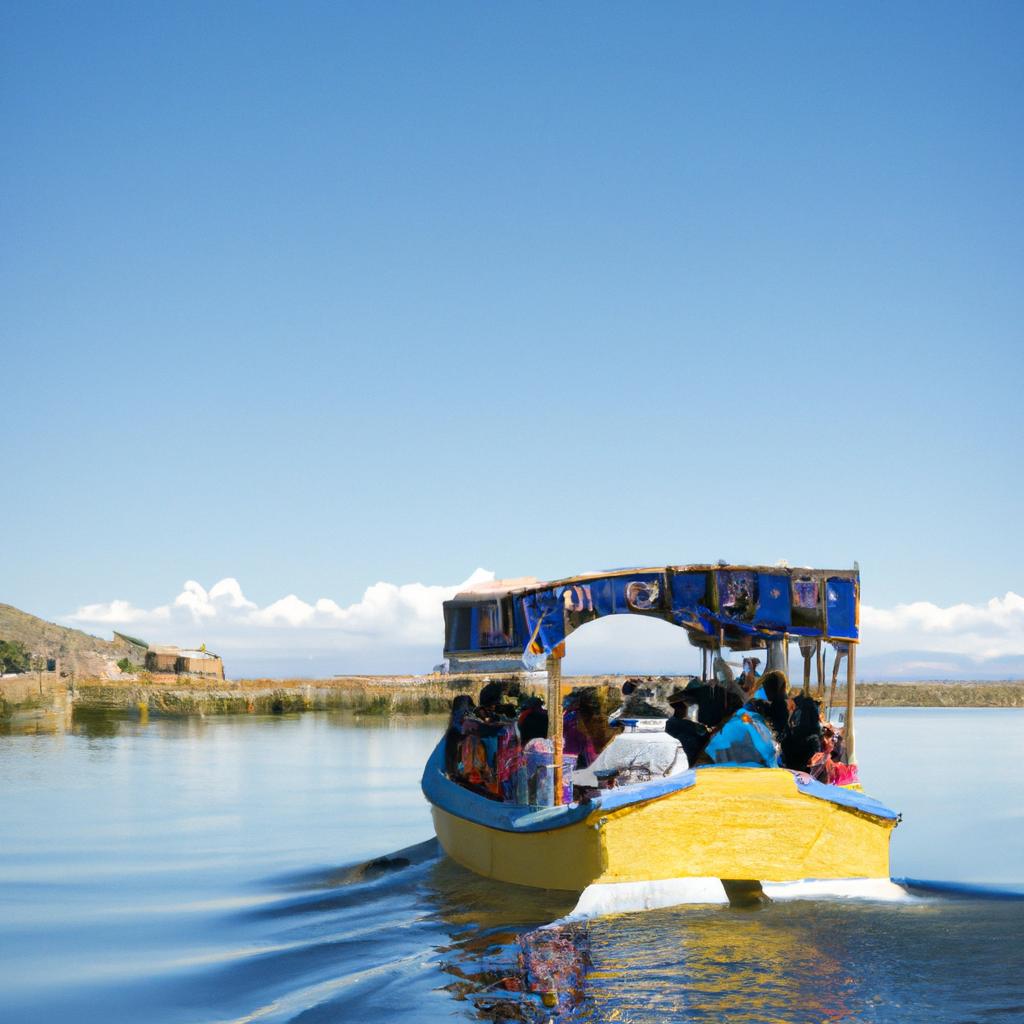
If you’re looking for a luxurious getaway on Lake Titicaca, Suasi Island is the perfect destination. Situated at an altitude of 3,800 meters, this tranquil island offers breathtaking views of the lake and surrounding mountains. Suasi Island boasts a unique eco-lodge and spa designed to blend seamlessly with the natural environment.
Luxury Amidst Nature
The eco-lodge on Suasi Island exemplifies sustainable tourism practices. Built with local materials and powered by renewable energy, it provides guests with a comfortable and eco-friendly stay. Each spacious room features a private bathroom and balcony, offering stunning views of the lake.
Indulge in relaxation at the island’s spa, where a range of treatments using natural and organic products are available. Unwind in the hot tub and sauna, completing the ultimate relaxation experience.
Sustainability at its Core
Suasi Island is committed to sustainable tourism and reducing its environmental impact. The island generates electricity through solar and wind power, and its water supply comes from a natural spring. A vegetable garden provides fresh produce for the lodge’s restaurant.
Activities and Attractions
Suasi Island offers a variety of activities and attractions for guests to enjoy. Explore the island’s natural beauty through hiking, taking in the local flora and fauna. Enjoy swimming, kayaking, or paddleboarding at the private beach. For a taste of culture, visit the island’s museum, showcasing the history and traditions of the local community.
Suasi Island combines luxury, sustainability, and natural beauty, making it the perfect place to escape the hustle and bustle of city life and reconnect with nature.
In Conclusion
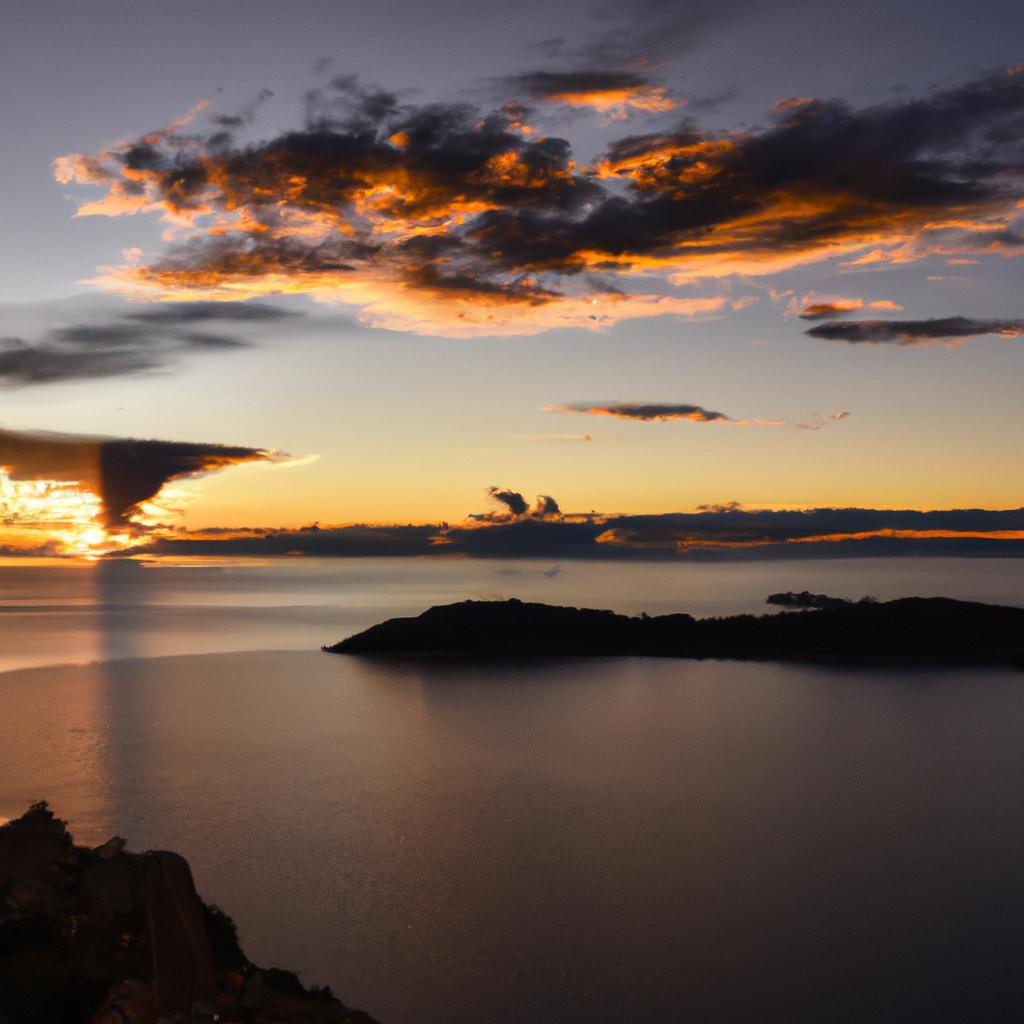
In conclusion, the islands of Lake Titicaca are fascinating and unique destinations that offer a glimpse into the rich culture and history of the region. From the floating reed islands of the Uros people to the textile traditions of Taquile Island, each island possesses its own charm and attractions.
To ensure the preservation of the islands’ culture and environment, sustainable tourism initiatives play a crucial role. By supporting local communities and eco-lodges, we can ensure that the islands of Lake Titicaca remain vibrant and thriving for generations to come.
So, what are you waiting for? Plan your next trip to Lake Titicaca and discover the hidden gems of this magnificent region. TooLacks hopes this article has inspired you to embark on an adventure of a lifetime, exploring the wonders of Lake Titicaca.
References:
- Lake Titicaca – UNESCO World Heritage Centre
- The Floating Islands of Lake Titicaca – Atlas Obscura
- Sustainable tourism on Lake Titicaca – The Guardian
